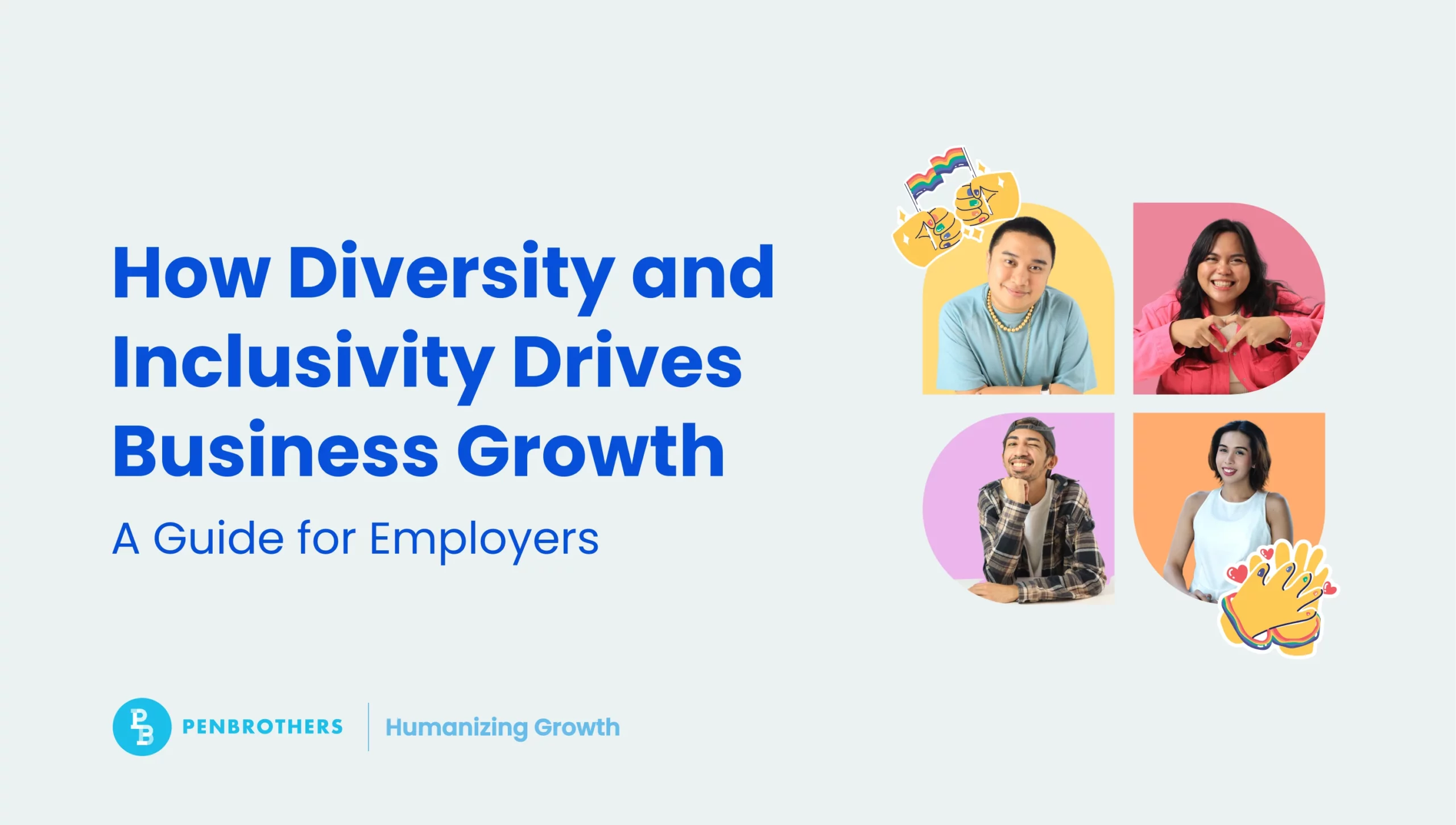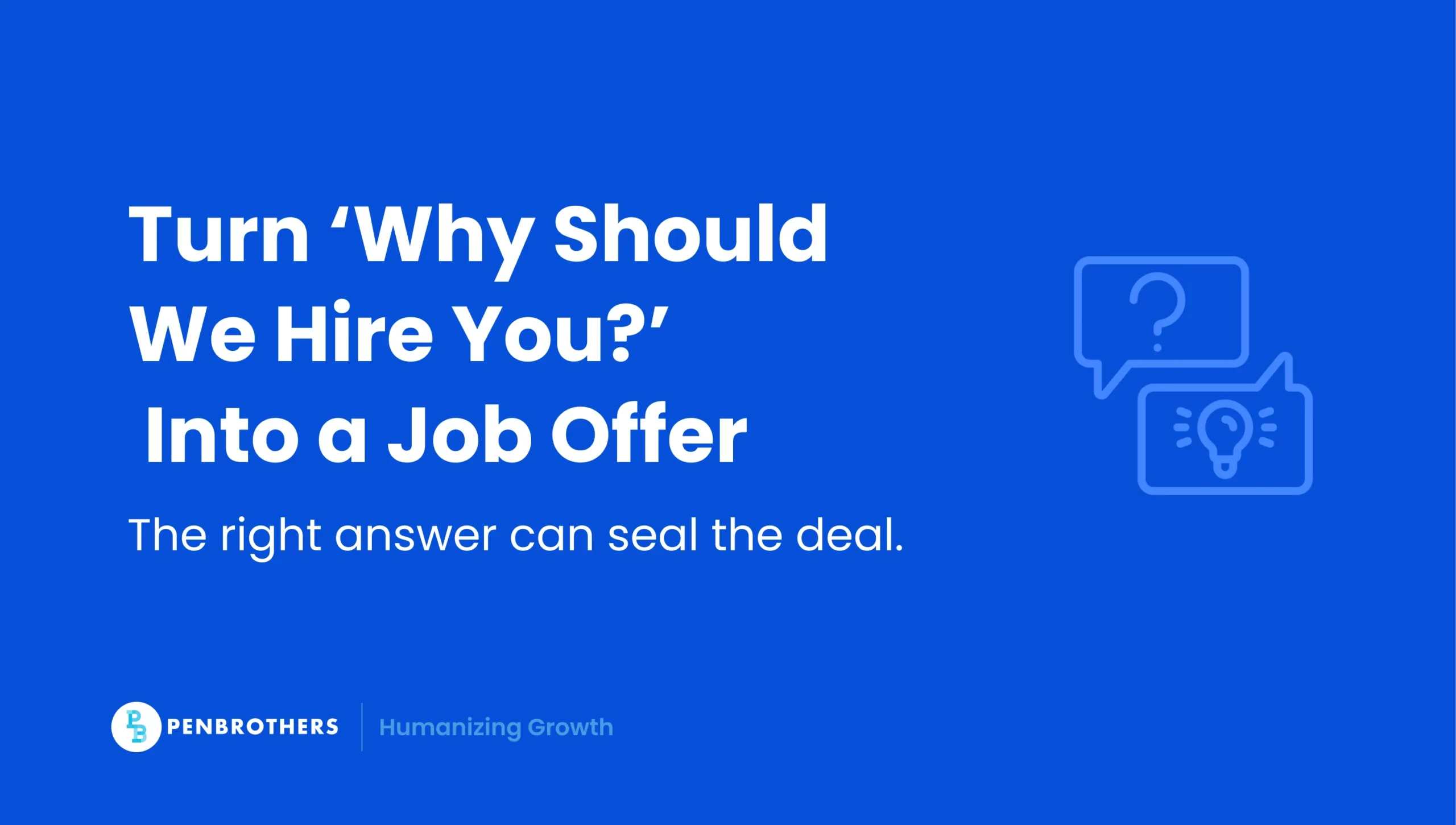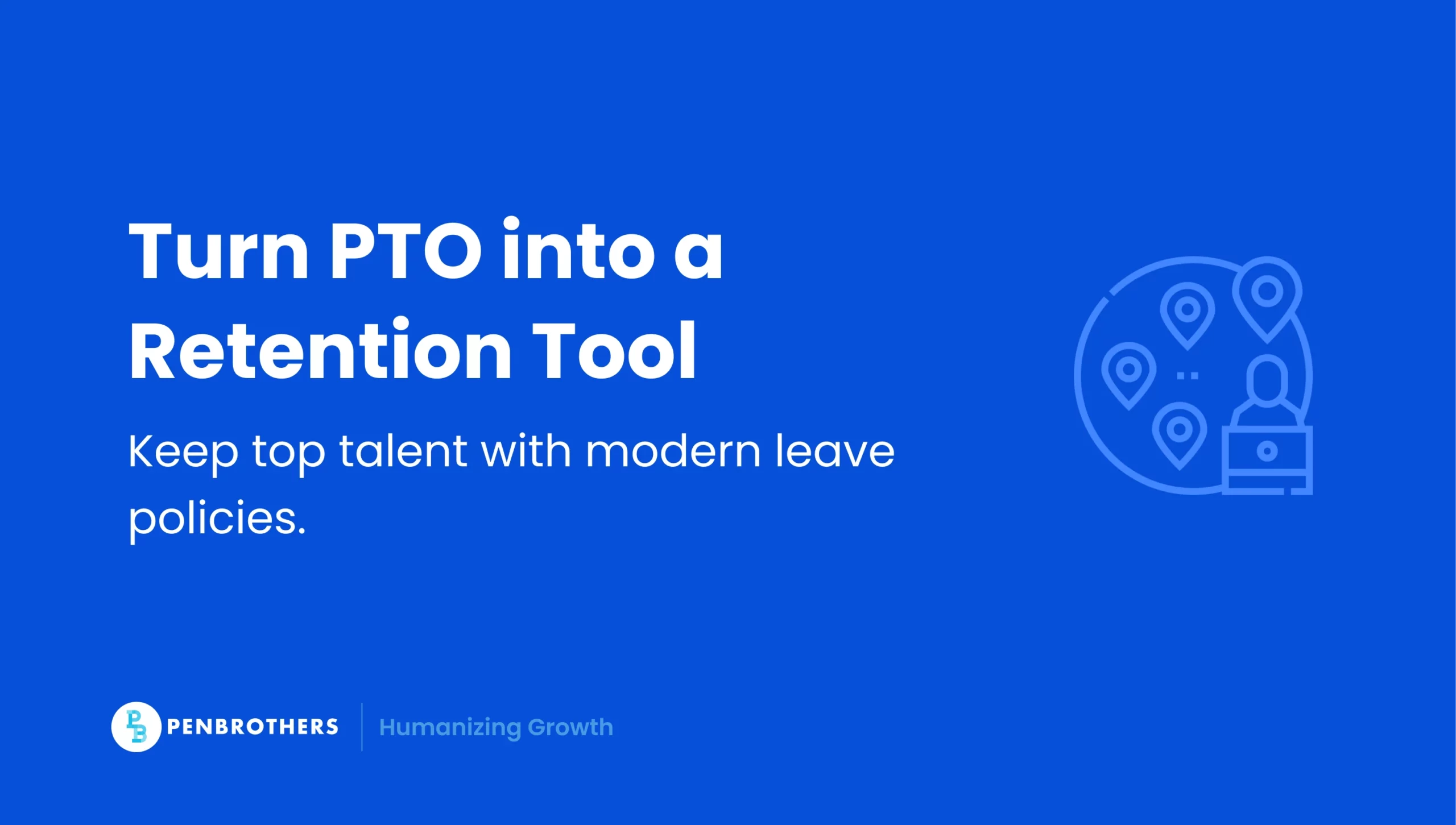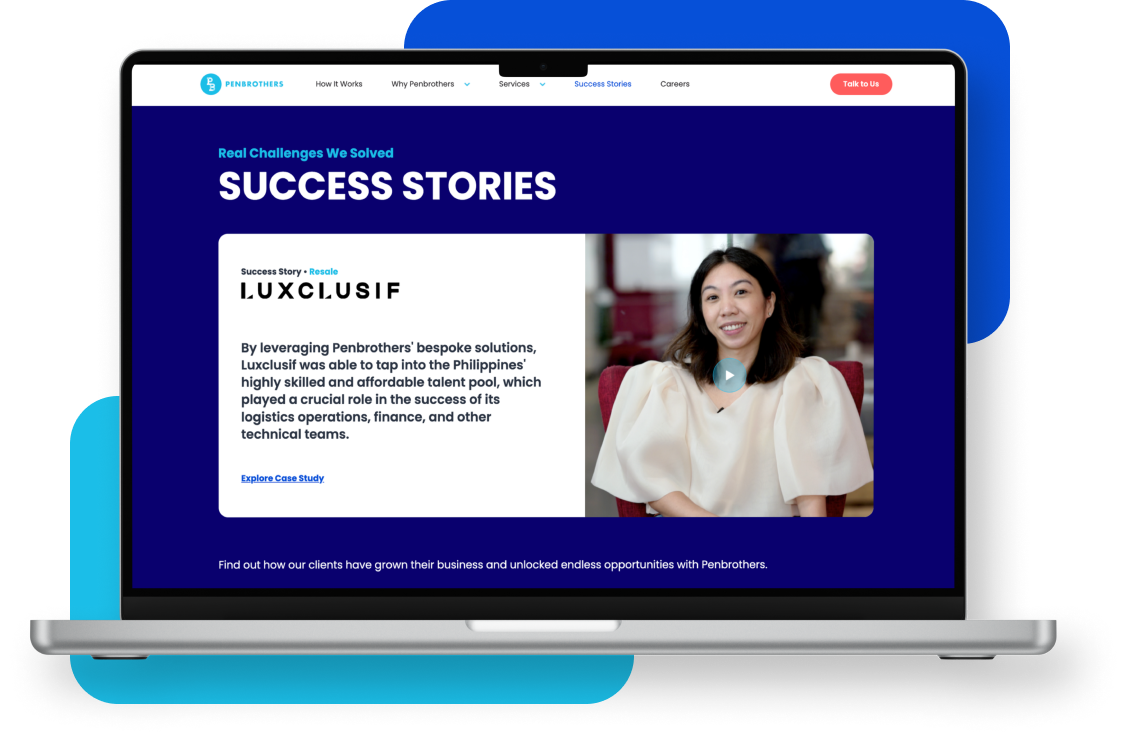What's Inside?
How Smart Founders Evaluate Staffing Gaps Before Scaling
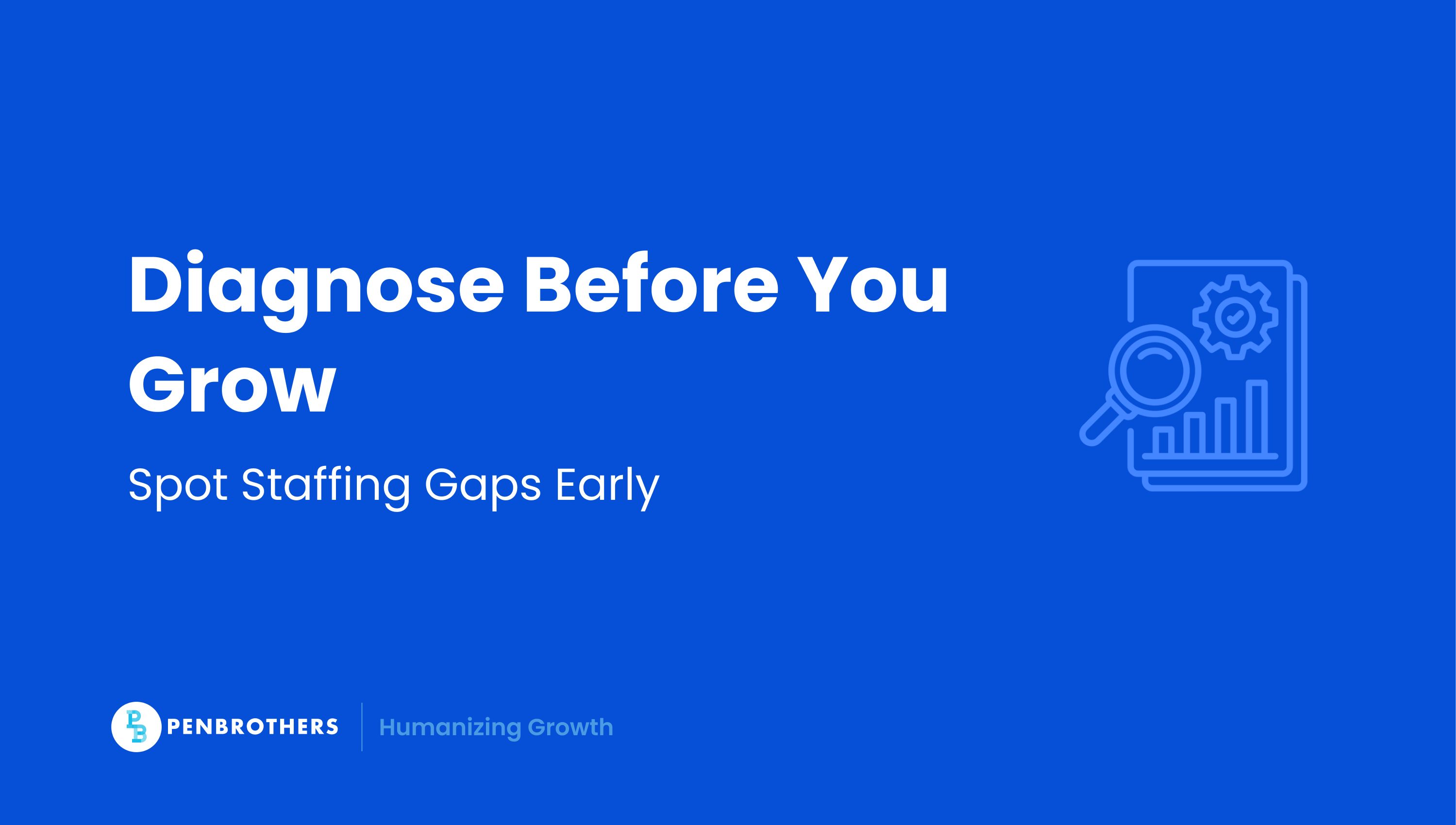
You’re ready to scale—demand is rising, new clients are coming in, and expansion feels inevitable.
So you hire fast. But months later, deadlines slip, key people burn out, and roles start to blur. What looked like growth now feels like strain.
This is what happens when you scale before evaluating your staffing gaps.
True scaling starts with diagnosis: understanding capacity, capability, and alignment—not just adding headcount.
This guide shows how smart founders evaluate staffing before scaling, using data and structure to grow with clarity, not chaos.
What “Evaluating Staffing” Really Means
When most founders think “evaluating staffing,” they think headcount: “Are we understaffed? Do we need 3 more engineers, 2 more designers?” That is only part of the picture.
To evaluate staffing properly, you need to assess:
- Capacity: How much work can your team realistically take on?
- Capability: What skills and competencies does your team have (and lack)?
- Alignment: Are people doing work that matches strategic priorities, or redundant/low-value tasks?
In other words, evaluating staffing is not about just adding bodies. It’s about measuring how well your current structure absorbs demand, scales, and adapts.
Some distinctions:
| Traditional View | Smart View |
| Count roles open vs. filled | Assess utilization, workload balance, and bottlenecks |
| Hire generalists to fill gap | Target skill-gaps (leadership, domain, tech) |
| Add headcount when busy | Improve process and eliminate waste first |
One useful framework is to convert all roles into FTE equivalents (full-time equivalents) and assess utilization (how much of that FTE is used effectively).
You can explore this further in our performance evaluation template —a structured tool for aligning performance and workload visibility.
In Penbrothers’ approach, we complement this with workforce planning: mapping role layers, growth trajectories, and internal capacity before scale.
Step 1: Audit Current Roles and Workload Distribution
Before you can spot gaps, you need clarity: who does what, and how much pressure they carry.
a. Map roles + responsibilities
Create a “role ledger” or RACI-style chart: list team members, their primary responsibilities, and key performance outputs. If multiple people touch similar tasks, note overlap.
b. Time-use / capacity mapping
Ask each team member (for a week or two) to track time spent per task or project bucket. Use tools like Toggl, Clockify, or simple spreadsheets. This reveals how much time is spent in core vs ancillary tasks.
c. Convert shared/part-time roles into FTEs
If you have people handling side projects or splitting tasks, convert those contributions into FTE decimals (e.g. 0.3 FTE). This helps avoid undercounting “hidden work.”
d. Spot stress or overload
When someone’s logged 120% utilization consistently (i.e. working overtime), that is a red flag. Also look for critical persons acting as gatekeepers or chokepoints.
For inspiration, see how top staffing agencies audit team functions to reveal overlapping roles or unbalanced workloads.
Practical tip: Visualize workload spread in a heatmap—roles on one axis, project categories on the other. Identify “hot zones” where multiple people overload on the same domain.
Step 2: Measure Staffing Effectiveness with the Right KPIs
Once you have a clean baseline, you need metrics to assess efficiency and detect gaps. Here are key KPIs worth tracking as outlined by SHRM’s workforce planning metrics:
- Time-to-hire & cost-per-hire: How long and how expensive it is to fill roles. These show your hiring friction.
- Turnover / Retention rates: Voluntary churn indicates misalignment, mismatch, or load problems.
- Project delivery vs planned hours: Are tasks finishing within projected estimates? Overruns hint at under-resourcing or inefficiency.
- Skill-gap ratio: Compare roles you should have (by roadmap) vs roles you do have internally.
- Utilization / capacity ratio: How much of your available FTE is actively contributing versus being idle or overburdened.
- Ramp-up time for new hires: How long new hires take before they become fully productive.
A more advanced metric: talent demand vs supply gap (from workforce planning), which forecasts future deficits. Founders should benchmark these KPIs quarterly rather than annually, as emphasized in the Deloitte 2025 Human Capital Trends Report, which shows that real-time workforce visibility is now a competitive advantage.
For companies preparing to expand globally, our guide on US staffing firms meeting demand through offshore talent shows how smart leaders benchmark these metrics to build flexibility without overspending.
Step 3: Evaluate Process and Capability, Not Just Numbers
Numbers tell one part of the story—but the qualitative side often holds hidden gaps.
a. Hiring & onboarding quality audit
Review your candidate pipeline, interview feedback, and onboarding documents. Did new hires hit productivity targets? Were expectations clear?
b. Role clarity & management bandwidth
Interview leads or managers: do they have time to coach, review, strategize? If they’re buried in execution, leadership execution suffers.
c. Skill redundancy & gaps
Maybe you have two generalists doing similar tasks—an opportunity to specialize. Or maybe you lack deep domain experts (e.g. a senior architect). Use your skill-gap KPI to guide this.
d. Process, tech, and tool inefficiencies
Sometimes friction comes not from people but from broken tools, manual handoffs, or unclear workflows. Run a process audit (e.g. map hiring, launch, decision flow) to identify bottlenecks.
At Penbrothers, our Hypercare Onboarding Framework helps ensure newly hired offshore staff are closely aligned in their ramp-up period—reducing drift and productivity lag in scaling.
If you’re building internal HR systems, check out our article on talent acquisition strategies for proven methods to attract and retain high-performing remote talent.
Step 4: Identify Staffing Gaps That Hinder Scale
Now you have a wealth of data and qualitative insight. Your next task: prioritize which gaps block scale most.
a. Skills gaps
These are missing expertise (e.g. senior engineers, data scientists, strategic marketing, compliance, product leadership). Without them, growth is limited.
b. Process or workflow gaps
Slow decision loops, lack of handover standards, or misaligned silos are just as damaging as missing roles.
c. Coverage or availability gaps
Maybe you lack coverage in certain time zones, or around-the-clock customer service, or compliance/legal roles in certain jurisdictions.
d. Resourcing gaps vs flexibility gaps
Sometimes the problem is not total headcount but flexibility—e.g. you don’t have reserve capacity to absorb demand spikes.
e. Strategic vs tactical gaps
Some gaps are urgent (operational), others are strategic (foundation). Prioritize urgent ones first, but do not ignore strategic foundation.
Importantly, many of these gaps can be addressed via remote or offshore staffing, when structured correctly. Outsourcing or offshore hires can be a faster, lower-risk plug-in compared to local hires, supported by the OECD’s 2024 report on offshoring and job geography.
Step 5: Build a Scalable Staffing Plan
Diagnosis without action is pointless. Here’s how to convert your findings into a scaling plan:
a. Scenario planning
Model what happens if demand doubles (or triples). Which roles break first? Which bottlenecks show? This lets you anticipate future gaps.
b. Staffing models: in-house vs offshore vs hybrid
Decide which roles must remain in-house (e.g. leadership, client-facing) and which can be offshored or remote. Use pilot hires before full roll-out.
c. Phased hiring plan
Don’t hire everyone at once. Pilot 1–2 hires in new verticals or time zones. Evaluate performance and integration before scaling.
d. KPIs during scale
Track ramp-up time, utilization, retention, productivity, and cost variance. Adjust as you hire more.
e. Continuous review loop
Set quarterly checkpoints to revisit the audit, metrics, and adjustments.
Penbrothers’ “Start Small, Scale Fast” methodology aligns with this: validate roles before replicating, then scale with strong governance and overhead control.
How to Know You’re Ready to Scale
Here are five signals that your operations are ready:
- You have a clear, validated workload map (with no role surprises)
- Retention is stable (turnover < benchmark)
- Productivity is predictable (tasks hit estimates regularly)
- Leadership / management bandwidth is sufficient
- Systems and workflows are codified and replicated
You can build a simple self-assessment:
| Readiness Area | Score (1–5) | Notes |
| Workload clarity | ||
| KPI consistency | ||
| Leadership bandwidth | ||
| Hiring process maturity | ||
| Systems / tools |
Add up your scores—if you’re over, say, 20 out of 25, you’re in a safe zone. If under 15, pause hiring and revisit your audit.
Common Mistakes When Evaluating Staffing (and How to Avoid Them)
Here are pitfalls many founders fall into—and how to dodge them:
1. Mistaking busyness for productivity
Packed calendars and long hours often disguise inefficiency. True productivity isn’t about activity—it’s about output tied to strategic goals. Track deliverables, not just time spent.
2. Adding headcount before fixing systems
Hiring more people into broken workflows doesn’t solve problems; it multiplies them. Before expanding, streamline processes, clarify ownership, and eliminate bottlenecks that waste collective time.
3. Ignoring part-time, freelance, or cross-functional contributions
Fractional roles are part of your true capacity. Convert their hours into Full-Time Equivalents (FTEs) so your resource map reflects actual deliverable power—not just headcount.
4. Relying only on annual reviews
Staffing gaps evolve faster than yearly cycles. Replace static reviews with quarterly dashboards and real-time feedback loops to catch misalignments early and adapt to business shifts.
5. Treating offshoring as a quick plug-in
Offshore expansion isn’t just about adding cheaper labor. Without structured onboarding, aligned KPIs, and consistent governance, remote teams risk drifting or underperforming. The fix: discipline, documentation, and ongoing oversight.
The remedy is continuous monitoring, course correction, and disciplined oversight.
Final Thoughts
By systematically diagnosing your team’s strengths, capacity, and weaknesses—and then designing a phased, data-informed staffing plan—you convert staffing from a scaling risk into a growth lever.
Penbrothers doesn’t just place offshore hires. We help you audit, validate, onboard, and manage scaling teams—ensuring you fill gaps with alignment, not guesswork.
If you’d like to run a staffing-gap audit before your next scale push, book a discovery call now and let us help you grow right, not just big.
*This article was crafted with the support of AI technology and refined by a human editor.


